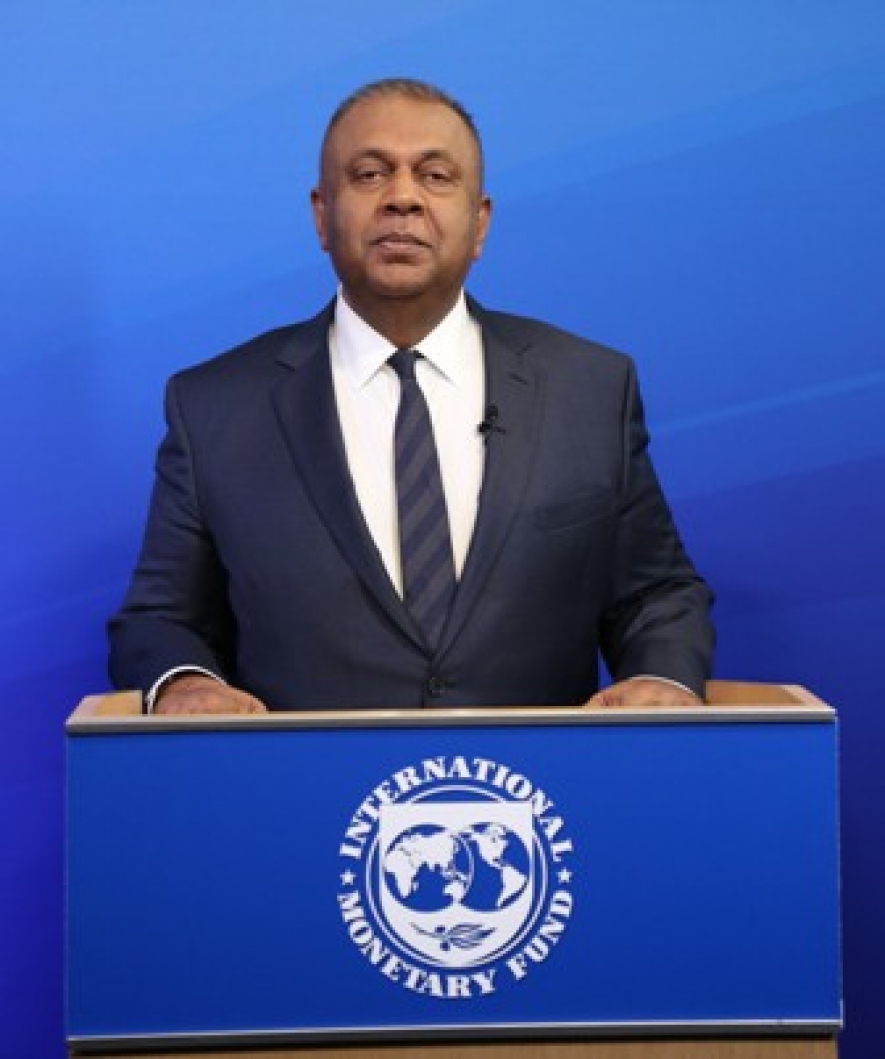He made these comments at the World Bank/International Monetary Fund’s annual meeting in Washington held in Washington on 13th October.
Minister Samaraweera said that Sri Lanka will continue to work with the UN and other institutions by aligning the government’s policy strategy with the “Sustainable Development Goals (SDGs) and Targets” to be achieved by 2030.
The minister highlighting the recent economic developments and prospects in Sri Lanka said that although still growing below potential, Sri Lanka’s economy is expected to grow by around 4.5 per cent in 2017 and projected to move to a higher growth path of around 7.0 per cent by 2020 with the ongoing broader structural reforms and enhanced investor confidence.
The reform initiatives towards this direction are supported by the 3-year arrangement under the Extended Fund Facility (EFF) of US$ 1.5 billion that Sri Lanka entered in to with the IMF in June 2016. The program aims to strengthen the external and fiscal balances of the economy.
Although headline inflation remained above the envisaged mid-single digit levels, core inflation decelerated gradually, reflecting the containment of demand driven inflationary pressures in the economy resulting from restrictive monetary policy measures adopted since end 2015.
On the fiscal front, the Minister said that there was a significant improvement, reflecting the government’s strong commitment towards revenue based fiscal consolidation.
Sri Lanka’s external sector recorded a mixed performance during the first half of 2017. The country’s gross official reserves improved to US$ 7.3 billion by end-September 2017 which was equivalent to about 4.5 months of imports.
The Sri Lankan rupee has depreciated by 2.2 per cent against the US dollar so far during the year. The exchange rate regime is now flexible and market-oriented.
The financial sector continued its growth momentum during the first half of 2017 with improved stability, soundness and improved capital adequacy, liquidity and asset quality of the banking sector.
Minister Samaraweera reiterating the broad development strategy of the unity government of President and the Prime Minister said that it was on a three-pillared agenda of democratization, reconciliation, and sustainable and equitable development with employment generation that transmits the benefits of growth across the wider society.
“Sri Lanka’s growth model would be private sector driven with exports and FDI as key pillars, supported by technological advancement and innovation,” said Minister Samaraweera.
In this process, we are committed to improve human capital and skills, set up globally recognized regulatory mechanisms and investment practices, in addition to the improvement of physical infrastructure, and create the best possible enabling environment for Sri Lanka to attract more businesses, trade and investment to become a higher income country.




















